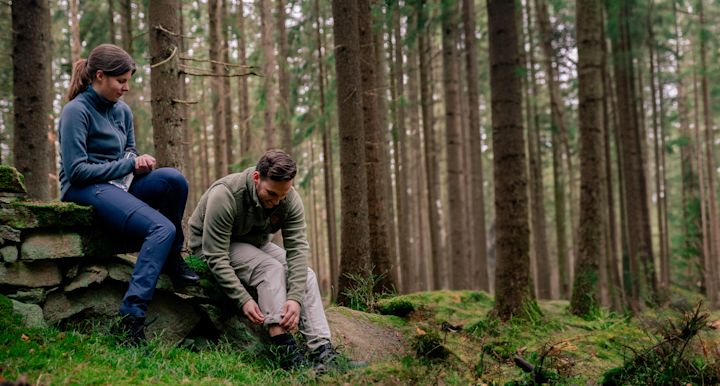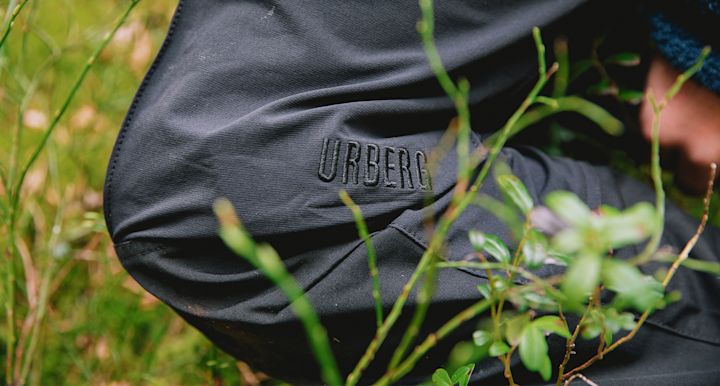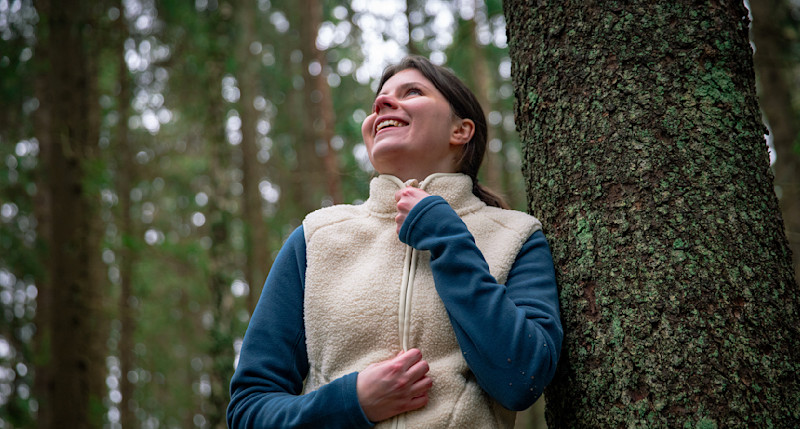
Choosing the right clothing size
It can feel difficult to find a size that fits you when you order online. Therefore, we have ensured that all our clothes have size guides and product descriptions that make it easier to understand the different sizes and how the garment fits. But how are the dimensions measured and how can you use them to find the right one? That's what this guide explains. We will explain different concepts and how to measure your body to be satisfied with your next purchase.
How do I measure my body?
At Outnorth, we aim for all clothing to have a useful size guide so that you can more easily find the right size and avoid unnecessary returns. But when you use the size guide, it is important that you measure your body correctly. Here we explain our most common measurements and how you go about measuring your body. Once you have measured your body, refer to the size chart and choose the size that best matches your measurements - remember that it is often better to choose a larger size if your body measurements are between sizes.
Bust & chest
Bust and chest measurements refer to the measurement around your upper body where you are largest. For women, we have named the measurement bust, as you should measure your upper body where the bust is at its fullest. Women should measure with a lightly padded bra on if you usually wear bras, for workout clothes it's smart to measure with the sports bra you plan to wear underneath the garment for example. When it comes to men's clothing, the measurement is called chest and means that you should measure around your body where the chest is at its largest. In both cases, it is important that the measuring tape is reasonably horizontally positioned around your body and that you do not hold it too tightly. Then choose the size with the fit in mind, do you want the garment to fit loosely or tight to the body?
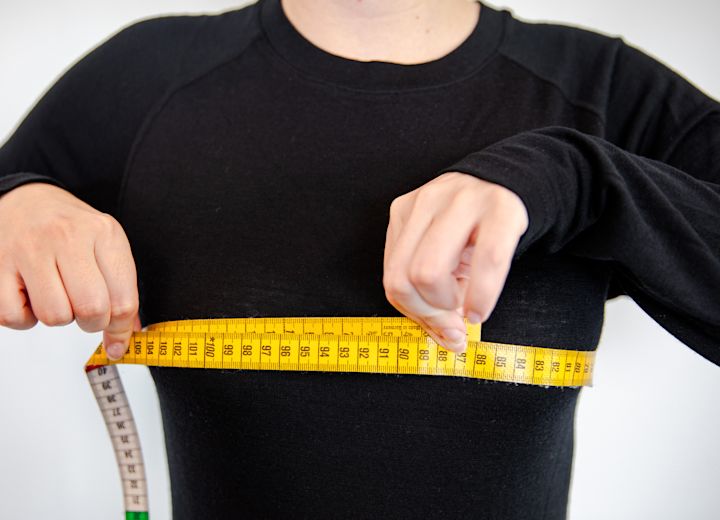
How to measure your chest
Waist
The waist measurement is the measurement around your body where your waist is the narrowest. The measuring tape should lie against the body but not be so tight that it is uncomfortable. Also, make sure you relax and don't hold your breath when measuring your waist to get an accurate measurement.
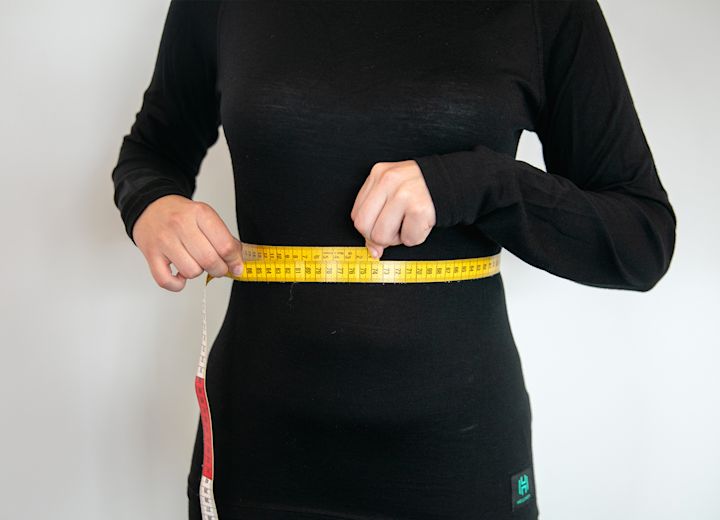
How to measure your waist
Seat
Seat is the measurement around your butt where it is largest. Stand with your feet together and measure around the hips where you are widest. Make sure the measuring tape is not too tight around your body so you get a true measurement for a comfortable fit.
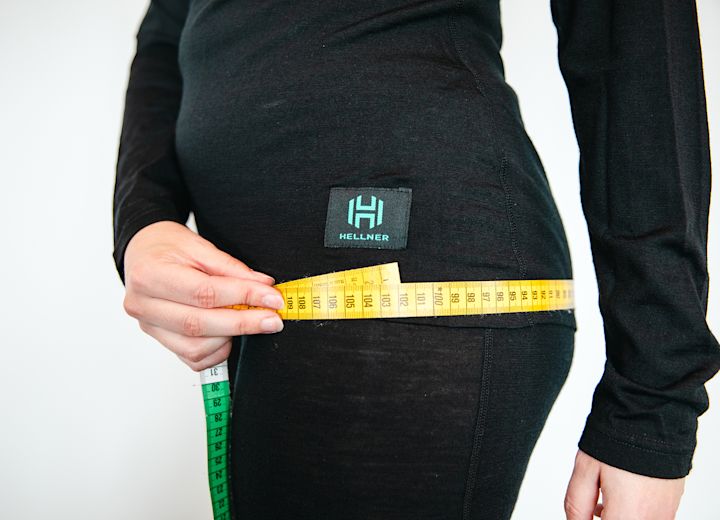
How to measure your seat
Inseam
The inseam is measured from the crotch down to the bottom of the pants, when you measure which inseam would suit you, it is therefore important to put on a pair of pants that you think are a good length on you. Then measure the measurement from the crotch to the end of the trouser leg. Stand with your feet together and straighten your legs – it's good to have another person help you.
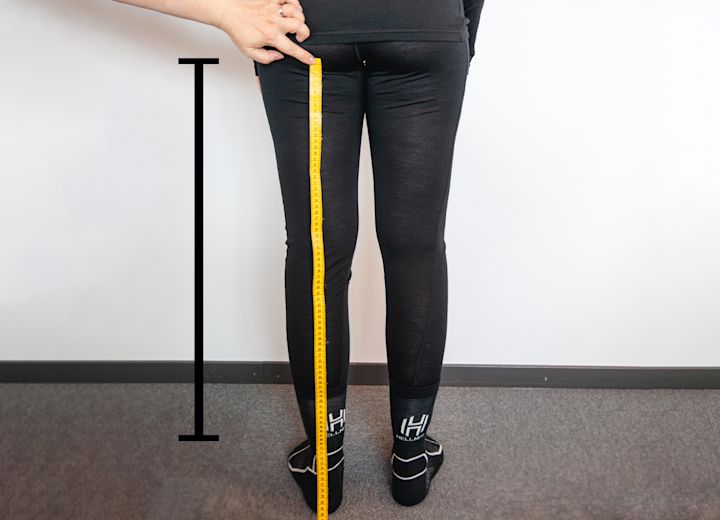
How to measure the inseam
Inside leg
The inside leg is measured from the crotch down to the floor. Stand with your feet hip width apart, with straight legs when measuring the inside of your leg. Here it can be easier to get help from another person.
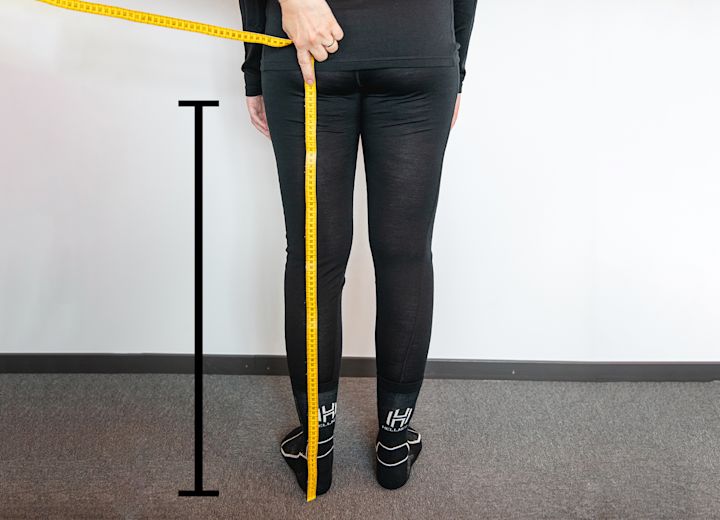
How to measure your inside leg
Fit
At Outnorth, we have decided on a few concepts that explain the garment's fit – these are normal, loose, figure-shaped, straight, slim, tapered, boxy and oversized. They all sit in different ways on the body and change both how the garment looks and how you look with it on. That's why it's important to know which fit you should order, so you don't get something you didn't expect.
Normal
If you want a fit that sits close, but not tight next to the body, we recommend a normal or straight fit. A normal fit is relatively straight, but can be slightly curved on women's clothing – generally it follows the shape of the body with a margin of a few centimeters, everyday clothes often have a normal fit. A t-shirt with a straight fit, for example, has approximately the same measurement across the chest as the waist and hem.
Normal
Straight
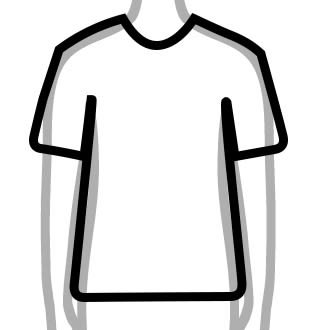
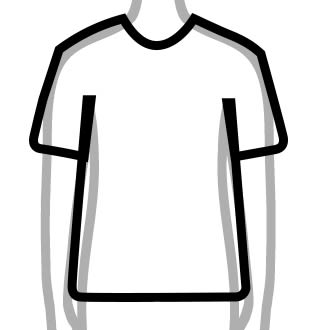
Tight
For a tighter garment, a tapered, narrow or figure-shaped fit is preferable. A tapered fit is often found on pants that are looser across the thighs but taper along the calves. Garments with a narrow fit can, for example, also be trousers with narrower trouser legs that sit close to the skin. Figure-shaped garments instead sit close to the body and are commonly seen on training clothes and underwear that should sit close to the skin.
Tapered
Narrow
Figure-shaped
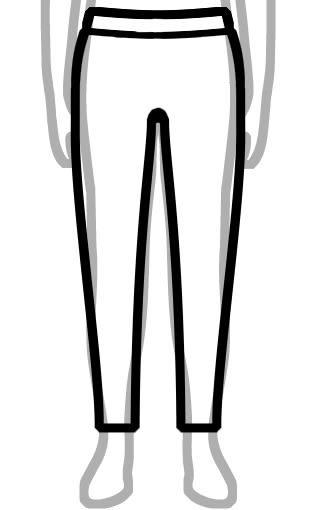
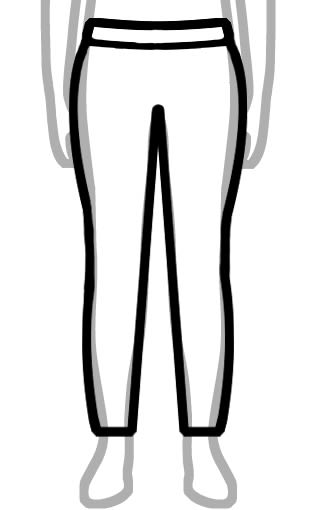
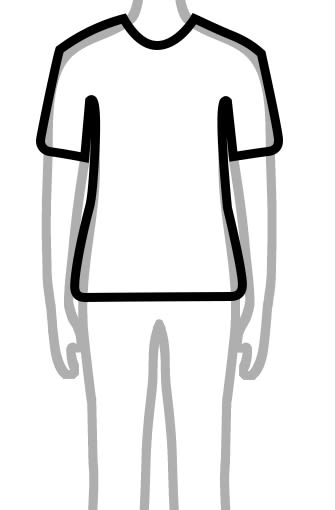
Relaxed
A loose, boxy or oversized fit fits looser than clothes with a normal fit. Loose fit means that the garment is larger and airier and lies away from the body, comfortable for everyday wear or mid-layers that you want to fit other garments under for warmth. A garment with a boxy fit also has more space and often has straight lines – a mix of straight and loose fit, you could say. The oversized fit is even airier and provides a comfortable and roomy garment – perfect for an alternative, larger silhouette.
Relaxed
Boxy
Over Sized
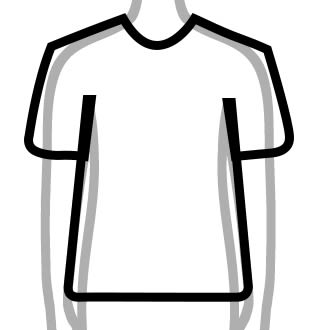
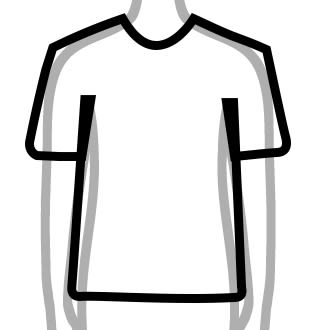
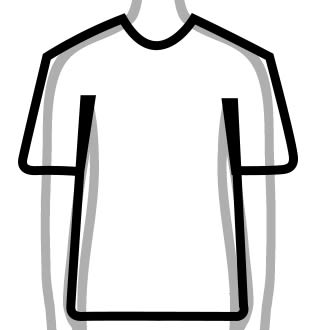
Trouser length
When choosing trousers, it is sometimes difficult to find a pair that fits well both in the waist and in leg length - that's why at Outnorth we print out the leg length of the trousers. Some brands also have models with several different trouser leg lengths to fit your body better. Fjällräven and Haglöfs are two examples whose outdoor pants come in different sizes that are available in several different lengths.
We describe the length of shorts using the words: boxer, short, 7/8 and 3/4 to clarify the length of the shorts.
How should the clothes fit?
Different outdoor garments work best if they fit in certain ways – for example, it's good to have room for several layers under soms garments to keep you warm. Here we give some examples of how certain garments should fit best to give you the best function.
Base layers should sit close to the body to transport moisture away from, and bind warm air to, the body. With a looser middle layer on top, a layer of air is formed between the base and the middle layer where warm air stays. An additional layer of down provides extra warmth which then also has a looser fit, but still close enough to the middle layer to still give you freedom of movement. Learn more about layering clothes in the guide Layering Clothes.
A shell jacket should fit loose enough to have room for a base layer and mid layer but flexible enough to also be used over a thinner layer. A shell jacket is versatile and can be used both on the ski slopes and on summer hikes. The shell jacket is adapted by having several layers under it, everything from a base layer to thin down jackets and vests – in the summer the shell jacket can instead be used as protection against rain and wind over a thinner layer. A down jacket must also have room for a base layer and a mid layer underneath. An air gap between the layers and the jacket provides more warmth than if it had sat close to the layers underneath.
Whether you prefer outdoor trousers or outdoor tights is a matter of taste – but the fit of the trousers gives them different advantages. Outdoor tights are great during the warmer months as they are often quick drying and give you great freedom of movement. The tights sit close to the body and rarely get in the way or snag on bushes and branches when hiking. Outdoor trousers should often fit looser, which means they are well suited to wearing a base layer underneath, in this way you stay warm even during the cold months of the year. The looser fit of outdoor trousers also provides more room for pockets so you can keep the most important things close at hand. If you want more help choosing outdoor pants, read our guide Which outdoor pants should I choose?
Training clothes often fit close to the body to give you freedom of movement and avoid getting caught in sports equipment and exercise equipment. Therefore, the fit is often slim or figure-shaped so as not to be in the way when you play sports.
